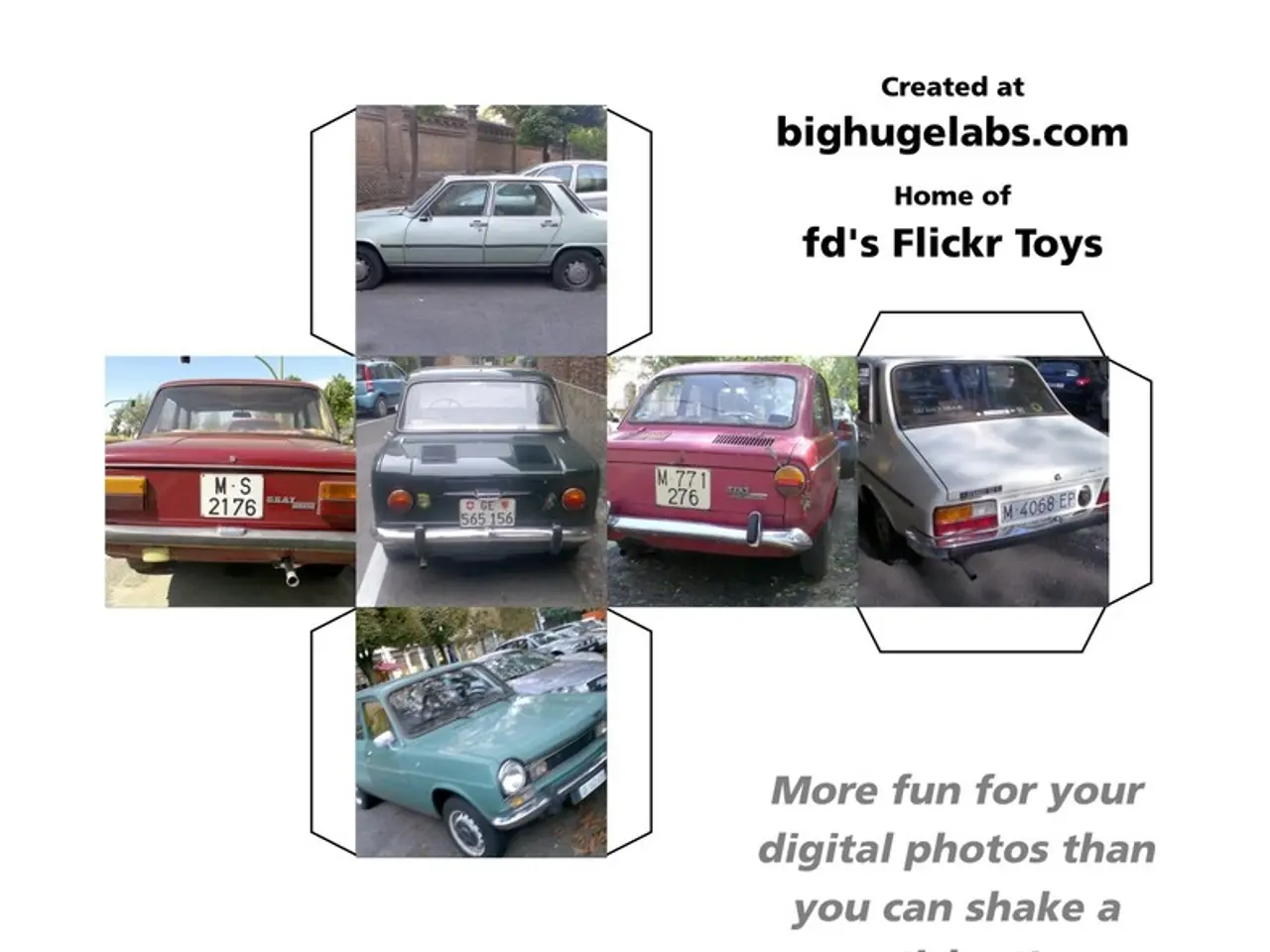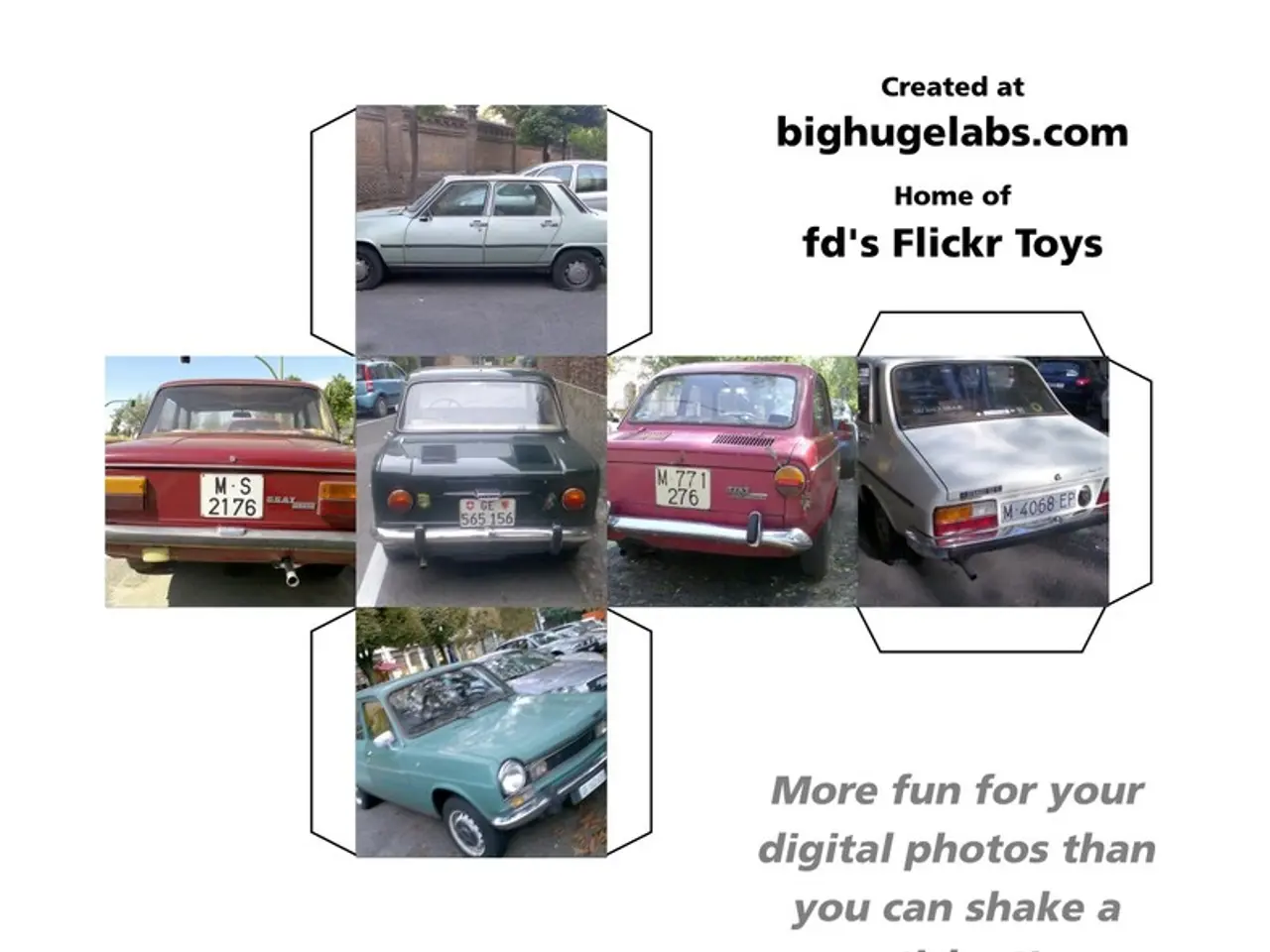Listing Top-Tier Computed Telescopes From Over 90 Options
In the realm of astronomy, the debate between manual and computerized telescopes continues to be a topic of interest for enthusiasts. Each option offers unique advantages and disadvantages, depending on the user's preferences and goals.
### Advantages of Manual Telescopes:
Manual telescopes, such as Dobsonians, are often favoured for their cost-efficiency. Because they don't require expensive motors or computerized controls, more of the purchase price is allocated to the telescope's core feature—aperture size, which is crucial for seeing faint objects. This means that for the same price, a manual telescope can offer a larger aperture, resulting in better viewing.
Another advantage of manual telescopes is their simplicity and reliability. With fewer electronic parts, they have fewer components that can break or malfunction. Additionally, using a manual telescope encourages learning celestial navigation and star-hopping skills, which many astronomy enthusiasts find rewarding.
### Disadvantages of Manual Telescopes:
The main disadvantage of manual telescopes is that they require a certain level of skill to locate objects. Without computerized help, users must know how to find objects in the sky or use star charts. Another drawback is that manual telescopes do not have automatic tracking, so objects will drift out of view as Earth rotates, requiring constant adjustment.
### Advantages of Computerized Telescopes:
Computerized telescopes, like those from the SkyWatcher Virtuoso series and Celestron's StarSense Explorer series, offer automated object locating, making them ideal for beginners or casual users. They are also better suited for astrophotography, as motorized tracking allows for long exposure photography, capturing clearer images of faint objects.
### Disadvantages of Computerized Telescopes:
One of the main disadvantages of computerized telescopes is their higher cost. A significant portion of the budget goes to electronics and motors instead of optical quality. For a few hundred dollars, much is spent on drives and controllers rather than aperture, meaning less light-gathering power for the price.
Another disadvantage is that computerized telescopes can be more complex to set up and may require occasional technical maintenance. Additionally, their heavier weight and need for a portable power supply can make them less portable than manual telescopes.
### The $4500–$6500 Price Range:
In this price range, manual telescopes tend to offer superior aperture and optical quality for the money because the budget isn’t drained by expensive electronics; instead, it goes toward better mirrors or lenses. This allows for much better viewing, especially in dark skies or more challenging urban environments where aperture is critical to overcoming light pollution.
### In Summary:
The choice between a manual and computerized telescope largely depends on the user's budget, skill level, and what they want from their telescope experience. For those willing to invest time in learning celestial navigation and star-hopping, manual telescopes can offer superior viewing for the price. On the other hand, computerized telescopes, while more expensive, offer the convenience of automated locating and tracking, making them ideal for beginners or those with limited time for astronomy.
| Aspect | Manual Telescope | Computerized Telescope | |-----------------------------|------------------------------------------|--------------------------------------| | Cost efficiency | More aperture for the price | Less aperture, more spent on electronics[1] | | Ease of use | Requires star-hopping skill | Easier for beginners, automated locating/tracking[3] | | Portability | Often lighter and simpler | Heavier with motors and batteries | | Maintenance & reliability | Fewer parts to break | Potential technical issues | | Astrophotography | Difficult without tracking | Designed for long-exposure imaging[3] |
[1] Source: [Astronomy Magazine](https://www.astronomy.com/astronomy-news/telescopes-and-equipment/2022/01/manual-telescopes-vs-computerized-telescopes)
[2] Source: [Sky & Telescope](https://www.skyandtelescope.com/astronomy-news/manual-telescopes-vs-computerized-telescopes/)
[3] Source: [Science Focus](https://www.sciencefocus.com/space/manual-telescopes-vs-computerised-telescopes/)
[4] Source: [Celestron](https://www.celestron.com/products/telescopes/dobsonian-telescopes)
- In the field of space-and-astronomy, both advanced manual and computerized telescopes possess distinct advantages, warranting informed deliberation among enthusiasts.
- One prominent advantage of manual telescopes like reflector telescopes, such as Dobsonians, is their cost-effectiveness, ensuring a larger aperture for the price and resulting in improved viewing over computerized alternatives.
- Simplicity and reliability are additional benefits of manual telescopes, offering fewer components that can malfunction and encouraging the learning of celestial navigation and star-hopping skills.
- The main barrier for manual telescopes lies in their difficulty to locate objects, necessitating a certain level of skill, and their lack of automatic tracking, requiring constant adjustments as Earth rotates.
- Computerized telescopes, such as those labeled under astrophotography-friendly brands like SkyWatcher Virtuoso and Celestron's StarSense Explorer, excel in automated object locating and motor-assisted tracking, bestowing relief to beginners and those short on time.
- However, these advantages come with costs, as computerized telescopes tend to be more expensive due to the increased budget allocation towards electronics, resulting in less focus on the optical quality of refractor or reflector eyepieces.
- Lastly, within the price range of $4500-$6500, manual telescopes offer superior optical quality and aperture due to reduced spending on electronics, providing significant benefits in urban environments or under challenging light pollution conditions.




